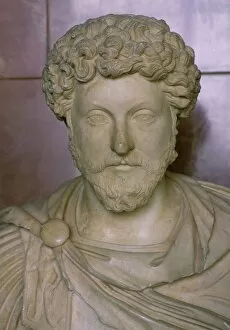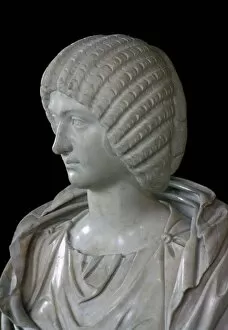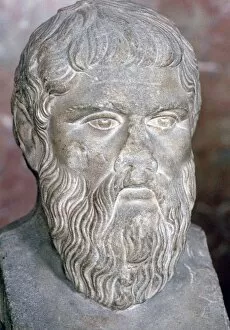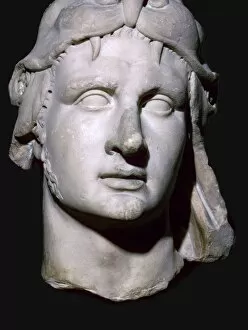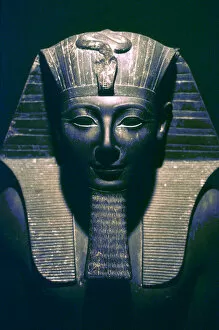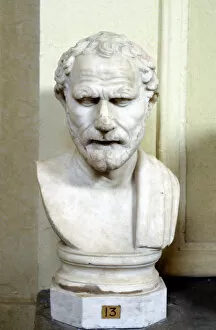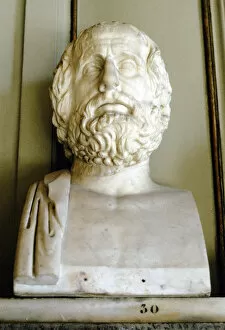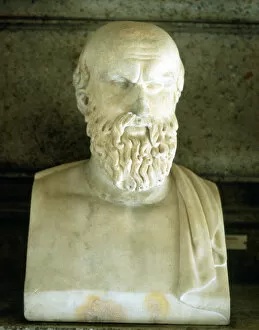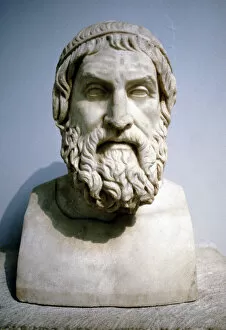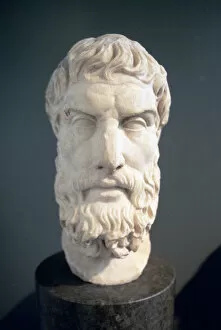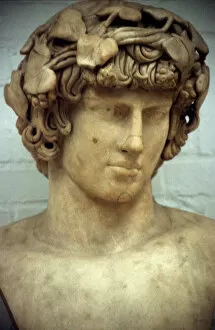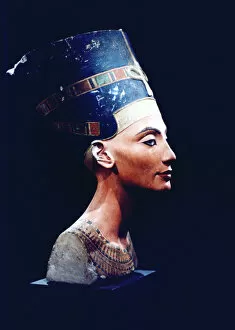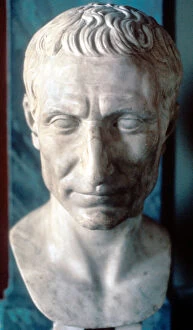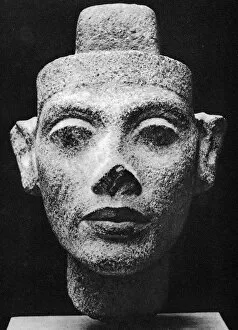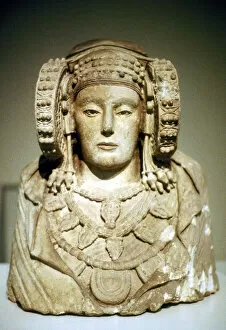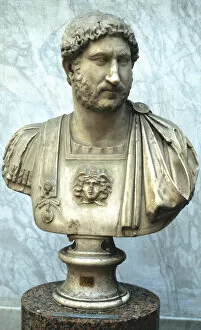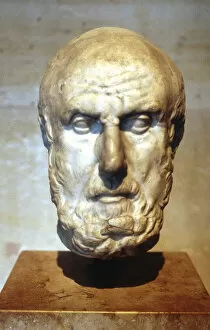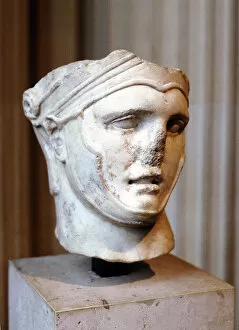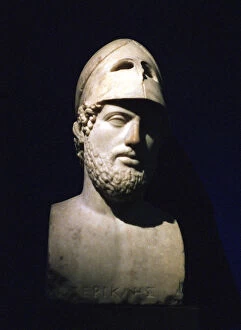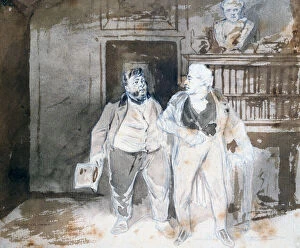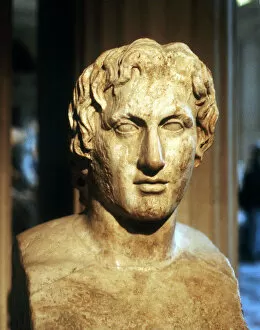Bust Collection (#99)
"Busts: A Glimpse into History and Art" Step into the world of ancient Rome with the majestic bust of the Roman emperor Marcus Aurelius
For sale as Licensed Images
Choose your image, Select your licence and Download the media
"Busts: A Glimpse into History and Art" Step into the world of ancient Rome with the majestic bust of the Roman emperor Marcus Aurelius, a remarkable relic from 121-180 AD. Marvel at his stoic expression and imagine the power he once held. In Trinity College's Long Room, Dublin, immerse yourself in knowledge surrounded by countless books as you gaze upon various busts. Among them stands Nefertiti, an Egyptian queen immortalized in limestone and stucco. Her beauty transcends time. Discover Themistocles, a revered figure from ancient Greece whose wisdom shaped history. His bust serves as a reminder of his strategic brilliance that influenced empires. Hannibal's Naples Bust takes us back to one of history's greatest military minds. Imagine his fierce determination as he led armies across treacherous terrains. Travel to Vietnam where Ho Chi Minh's bust proudly stands alongside the Vietnamese socialist flag. This symbolizes their fight for independence in Indochina, leaving an indelible mark on Southeast Asia. Switching gears to music legends, David Bowie's iconic Gbr-Music-Bowie captures his enigmatic persona forever etched in our memories. Celebrate his artistic genius through this captivating sculpture. Delve into artistry beyond historical figures with David Wright's nude pin-up masterpiece. Appreciate its sensuality while recognizing its contribution to art history. Marcus Antonius' regal presence reminds us of Rome’s tumultuous past intertwined with love and betrayal during Cleopatra’s reign—a tale that continues to captivate generations. Claudius Galen’s scientific contributions come alive through his meticulously crafted bust—honoring a medical pioneer whose teachings still influence modern medicine today. Lastly, Alexander III the Great—the King of Macedonia—stands tall even after centuries have passed since his reign ended in 323 B. C. , reminding us of his unparalleled conquests that reshaped the world.



